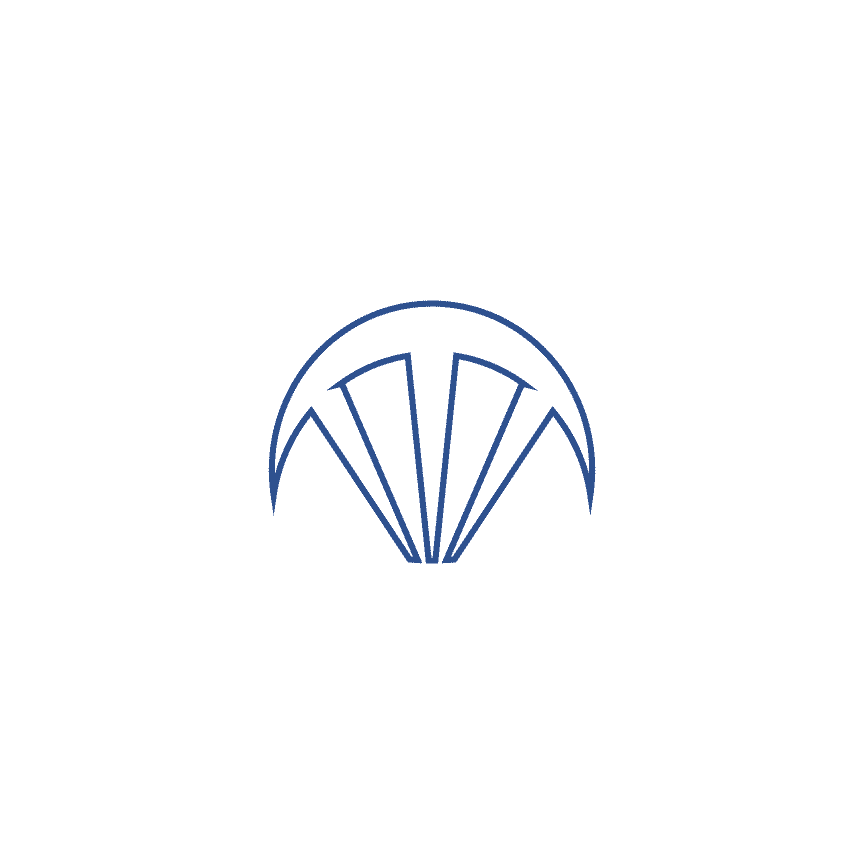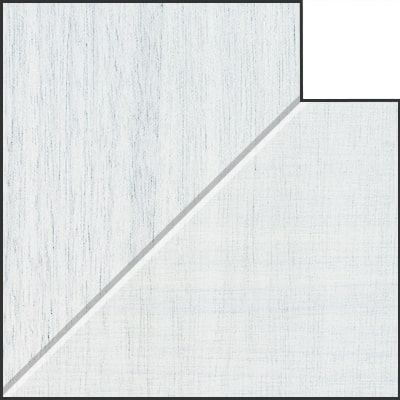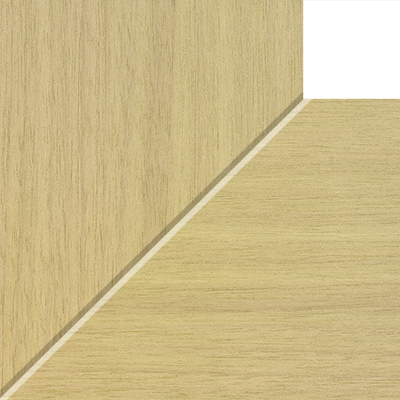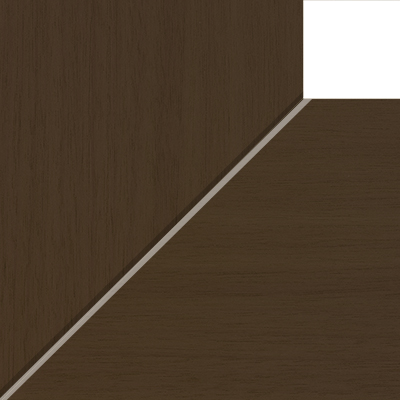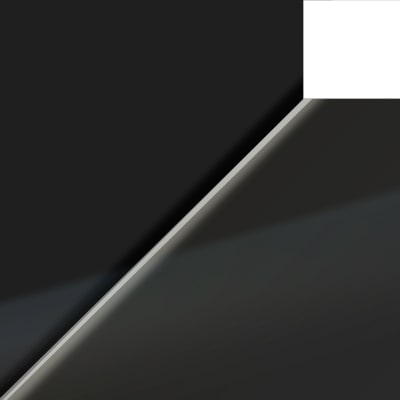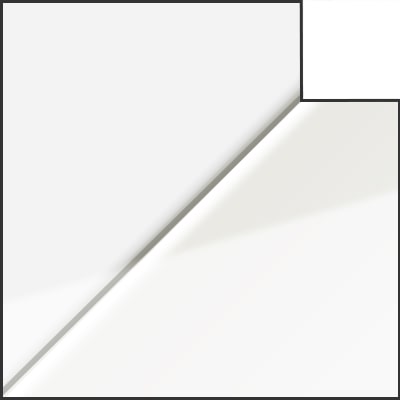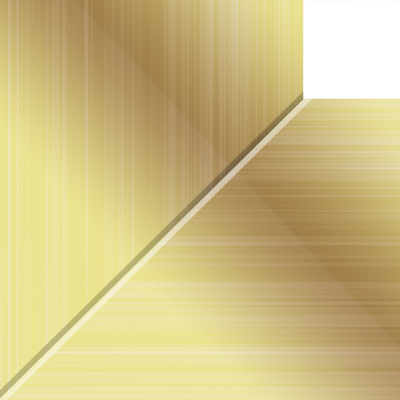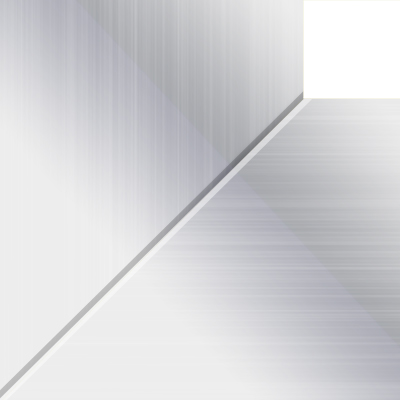Concept
My art is my way of life, my identity, and my native tongue.
All my works are original photographs made with a variety of alternative 19th-century techniques, some altered and modernized. Some of the negatives I use to print on paper using both 19th-century methods (salt-print, albumen, and cyanotype) and more modern analog techniques using a professional enlarger. I further work on some of the photographs in colors, gold, or chemicals turning them into unique works of art.
Everything about these old photographic techniques is physical and sensible, involving your total self, to be at one with the world around, the real material world. To sense it, to touch it. To be at one with it. To explore matter, textures, human senses, light, and darkness. Endlessly. It is this Sisyphean precision in staging the composition or recognizing it in the field, focusing on every small detail. It is this smell, and touch, and dirt, and magical mixture of different chemicals and a miraculous moment when the image finally emerges, sometimes surprising and powerful because it is not perfect. I shoot with authentic antique wooden cameras, big heavy, pieces of art themselves. These relics come to life again in my studio, echoing their former lives and masters. Through their lenses past and present, like parallel worlds, merge into new frames, my frames.
Of all the variety of techniques, I embraced especially Niepceotype/ Hyalotype, one of the oldest and rarest photographic techniques invented in1840s. I am the only one in the world creating with this rare technique, this is according to Prof. Mark Osterman (GEM, Rochester, NY), who initiated my passion for it. During the past years, I immerse myself in research expanding the limits of the original Niepceotype process, and now, use it as an in-camera direct positive on metal (an application that was never done in the 19th century). After months of experiments, I managed to increase the speed of the original albumen technique, almost equaling it to the wet-collodion exposure time. Thus, the main obstacle of the original technique is solved, enabling me to create portraits. I find Niepceotype technology (with my improvements) highly potential and rewarding since it is a dry technique (no need for a portable darkroom and in-situ development). Its unique beauty and super high quality of fine details are overwhelming.
The 19th-century photographic techniques are a platform, a starting point, but looking into the past to just revive old techniques is not my goal. I keep working on the plates, manipulating them by hand, by paint and chemicals, by pen, by a sharp tip, at times creating tension between the original photograph and artistic touch. They are not reproductions of the real world but an integrative picture built of several layers whose interplay reflects my impression of it.
My goal is to tell my own stories by continuing and merging old into new, blurring the line between photography and painting, converting an antique technique into contemporary and up-to-date artistic work.
My subjects vary: from portraits and nudes to imaginative still life, to landscapes and panoramas. I always work in series. I do not believe in one beautiful perfect frame. I think the power of the beauty of each frame is in its imperfection. It is impossible to achieve two identical copies made by hand. Imperfection is part of the process but also part of life, part of the unique self. It is always to explore, to tell a story, to take a personal journey, to make an intimate discovery. To fail or to succeed. It is always my journey.


